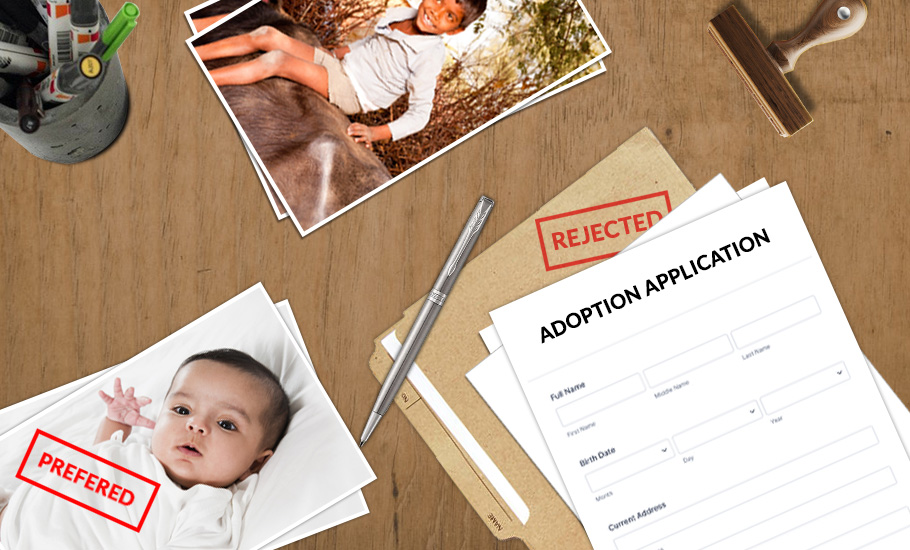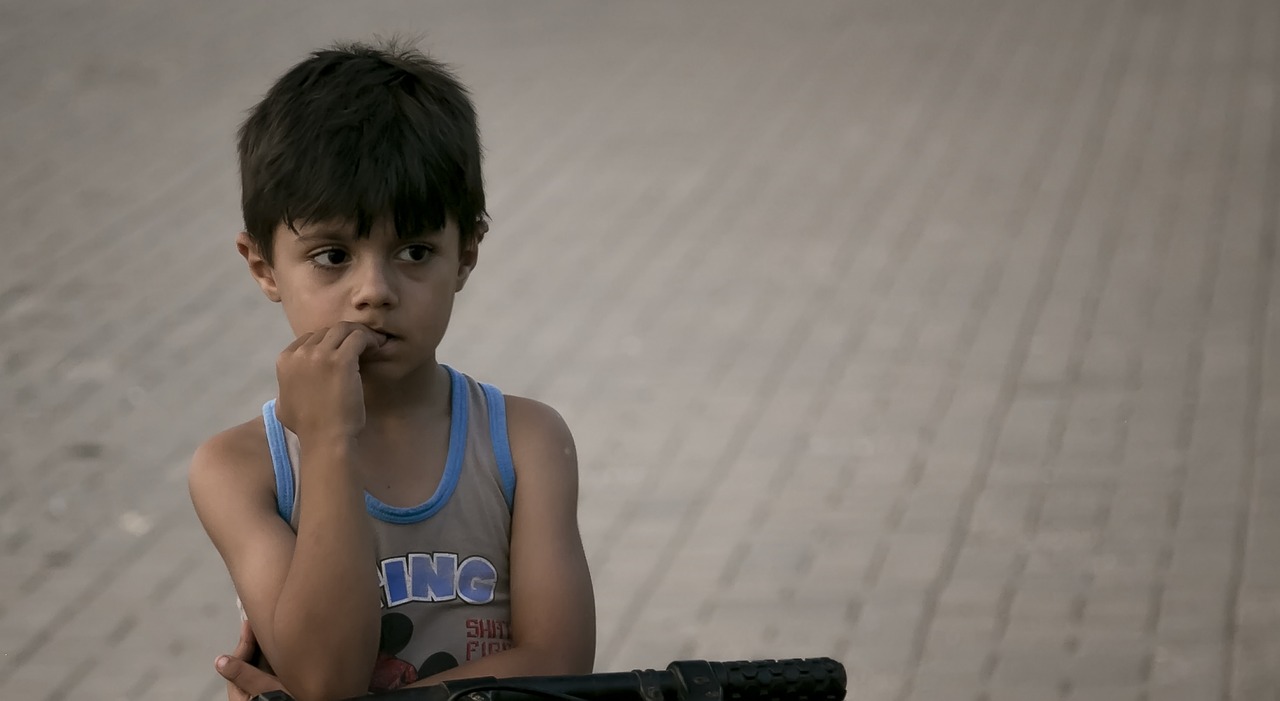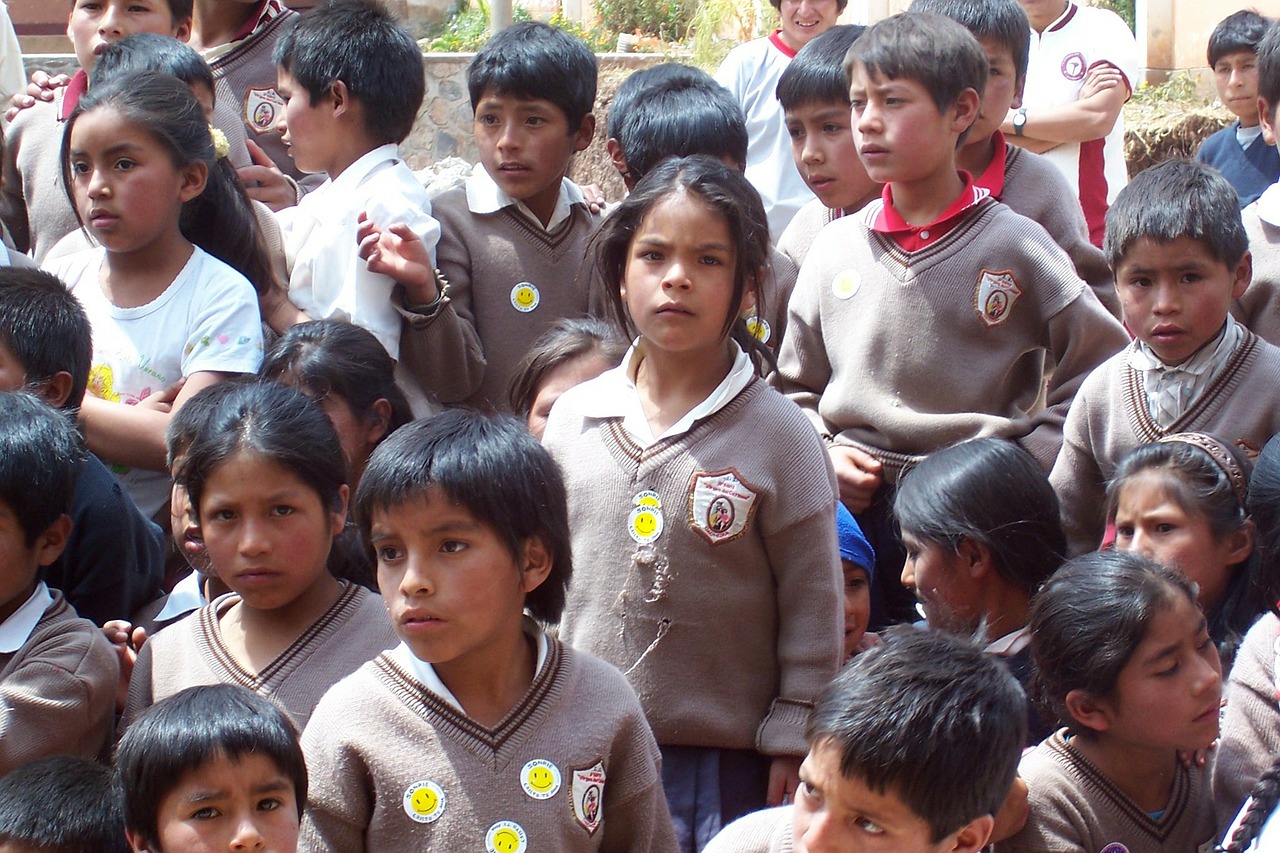
- Home
- India
- World
- Premium
- THE FEDERAL SPECIAL
- Analysis
- States
- Perspective
- Videos
- Sports
- Education
- Entertainment
- Elections
- Features
- Health
- Business
- Series
- In memoriam: Sheikh Mujibur Rahman
- Bishnoi's Men
- NEET TANGLE
- Economy Series
- Earth Day
- Kashmir’s Frozen Turbulence
- India@75
- The legend of Ramjanmabhoomi
- Liberalisation@30
- How to tame a dragon
- Celebrating biodiversity
- Farm Matters
- 50 days of solitude
- Bringing Migrants Home
- Budget 2020
- Jharkhand Votes
- The Federal Investigates
- The Federal Impact
- Vanishing Sand
- Gandhi @ 150
- Andhra Today
- Field report
- Operation Gulmarg
- Pandemic @1 Mn in India
- The Federal Year-End
- The Zero Year
- Science
- Brand studio
- Newsletter
- Elections 2024
- Events
- Home
- IndiaIndia
- World
- Analysis
- StatesStates
- PerspectivePerspective
- VideosVideos
- Sports
- Education
- Entertainment
- ElectionsElections
- Features
- Health
- BusinessBusiness
- Premium
- Loading...
Premium - Events

Why the road to adoption in India is so long and winding
From about 2.6 million orphaned children in India, only about 50,000 are eligible for adoption and of that, only about 2,000 are actually taken by parents.

After three long years of search and struggle, Sreya and Nikhil (names changed), a Bangalore-based couple, managed to adopt a four-year-old boy. Sreya says she initially wanted a baby girl, a newborn if that would have been possible. But the options were limited and the couple finally went with the boy. It has brought happiness and joy into the lives of the childless couple. They are so...
After three long years of search and struggle, Sreya and Nikhil (names changed), a Bangalore-based couple, managed to adopt a four-year-old boy. Sreya says she initially wanted a baby girl, a newborn if that would have been possible. But the options were limited and the couple finally went with the boy. It has brought happiness and joy into the lives of the childless couple. They are so relieved that they managed to adopt a child after so long.
But it is not as if there were not enough children to be adopted. According to UNICEF, India has 2.6 million children who are orphaned or abandoned. These children largely remain on the streets or child care institutions (CCI)—registered or unregistered—and a majority of them never get an opportunity to have a family, parents, siblings, relatives or a better life.
According to a study done by the Ministry of Women and Child welfare in 2018, the number of ‘adoptable children’ in India was less than 50,000.
India has 9,589 Child Care Institutions of which 32 per cent are registered under the Juvenile Justice (JJ) Act. According to the details provided by these institutions, there are 3,70,227 Children in Need of Care and Protection (CNCP) and 7,422 Children in Conflict with Law (CCL).
Most of these children living in CCIs spend their childhood and adolescence in these homes, go out work and start living a life of their own at the age of majority, without getting an opportunity to know what a family is.
Several studies have corroborated that there is a huge gap between the actual number of children abandoned and orphaned and that being adopted.
“Although we have around 10,000 child shelters, the number of adoption agencies is only 340,” says Smriti Gupta, CEO of Where Are India’s Children (WAIC) a Pune-based organisation working for the rights of the orphaned children, adding that India is yet to develop an adoption culture.
She says while there are several factors that keep children in institutions instead of providing them a family, a key factor is the lack of implementation of the JJ Act with rigour.
The reluctance of the Child Care Institutions to register with the Specialised Adoption Agencies, the preference of parents for very young kids and the unwillingness of relatives to give the child for adoption are some other factors.

Procedural lapses
As per the procedure established by law, CCIs have to register with Specialised Adoption Agencies (SAA) under the JJ Act if they want to send the children for adoption. The Child Welfare Committee then does an adoption inquiry for every child and to ensure the adoption eligibility of the child.
“All children are not completely orphans in the strict sense. Many of them might have one parent or relatives who do not agree to give the child up for adoption for several reasons,” says Gupta. “There might be emotional factors, but it is also a fact that relatives have an eye on the property left to the child by either of the parents and are thus keeping the child in their control.”
According to experts, the one solution is to make strict periodic analysis by the CWC on whether the relatives have a real interest in the welfare of the child.
Normally, Child Line or the Specialised Adoption Agency will present the child’s case before the CWC. “They step in to enquire if the child has any relatives who are willing to take care of him or her. If they are to be taken in by relatives, the relatives must go through the appropriate checks. If there is no relative who is willing to adopt, then the child would be declared legally free for adoption and thus should go to the adoption pool,” says Gupta.
The Juvenile Justice Act does not ensure a periodical review of the adoptability of a child living in a shelter. There is no fixed time period or mandate to conduct a periodic review of the child’s status. So even if the law or child’s situation changes, the adoption possibility is not re-evaluated. Currently, periodic reviews happen at the CWC’s discretion, which can vary widely.
Preference of to-be parents
On the other hand, there is the issue of preferences of the adopting parents.
“The agony of waiting for childless couples occupies the dominant narrative in the discourse on adoption but nobody will tell you about their preferences,” says Sunil Arora, the Executive Director of Bal Asha Trust, an authorised adoption agency in Mumbai.
“Most of the parents want very young and ‘normal’ kids. It is generally difficult for children beyond eight or ten years to go into adoption. Similarly, physically challenged children also are not chosen,” Arora tells The Federal, adding that this sort of preferences lead to repeated rejections of children.
Although there are 52,000 children in the adoption pool and there are 30,000 families waiting for adoption in India, the average number of children being adopted a year is roughly 2,000.
“There is a need to change the perception,” says advocate Shireen Merchant, a Mumbai-based lawyer who deals with adoption litigations. “Foreign parents prefer older children, but such Indian parents are very few.”
Long stay in shelter homes
Once a child is assigned to a Child Care Institutions (CCI) or shelter, the child can end up spending their entire childhood at that institution, facing significant physical, emotional, and psychological risks. There are no checks or parameters to determine whether the child should continue an institutionalised life, or whether the child should be made legally adoptable.
CCIs too are reluctant to send children into adoption for various reasons. The huge gap between the total number of children living in shelters and those who are in specialised shelters corroborates this argument.
“We have found that the institutions keep the children in their custody indefinitely, as it is a source of funds and grants,” says Gupta.
Adoption right activists demand that funding agencies and governments should make it mandatory for childcare shelters to link themselves with authorised adoption agencies and make sure that children are eligible for adoption.

CCIs also do not request CWCs to review the adoption eligibility of children. Children with no family, untraceable family, or unresponsive/unfit family continue to be reassigned to shelters, rather than be evaluated to be made legally adoptable.
Illegal adoption
As per data provided by the Ministry of Women and Child Development, out of 9,589 CCIs/Homes analysed, 91 per cent or 8,744 are run by NGOs. The state’s share in this regard is 9 per cent (845 CCIs/Homes).
Out of the 336 adoption agencies all over India, 20.2% are government run and 79.8% are non-government run.
This leads to another problem wherein parents go to illegal institutions for adoption.
“I have met many parents looking for illegal adoption. They go to unregistered institutions and take a child as this is an easier process for them,” says Aparna Bhatt, a Supreme Court lawyer.
Aparna, who often represents organisations related to adoption, says the procedural flaws and the very low number of children in the adoption pool make them go for illegal adoption. The parents who go for illegal adoption are aware of the legal tangles involved in illegal adoption, yet they go for the easier and quicker route.
Tamil Nadu has the highest number of CCIs/Homes with a total of 1,647 CCIs/Homes, followed by Maharashtra with 1,284 CCIs/Homes and Kerala with 1,242 CCIs/Homes. These three states account for 4,173 (43.5%) CCIs/Homes across the country.
Lawyers and activists that The Federal talked to unanimously expressed one concern—the absence of a check and balance system on unregistered Child Care Institutions in the country.
“Anything can happen-from child trafficking to child abuse,” says Gupta.
Experts hold the view that India does not have an adoption mindset yet. ‘Right to family’ for a child is not widely understood. Identifying and moving eligible children through an adoption inquiry demands a high amount of effort, but keeping the child continuously in a shelter is an easier option which becomes the default preference.
Many child shelters do acknowledge that children want to live with a family in a home they can call their own. Yet they admit there is a reluctance in exploring that path and putting children up for legal adoption.
